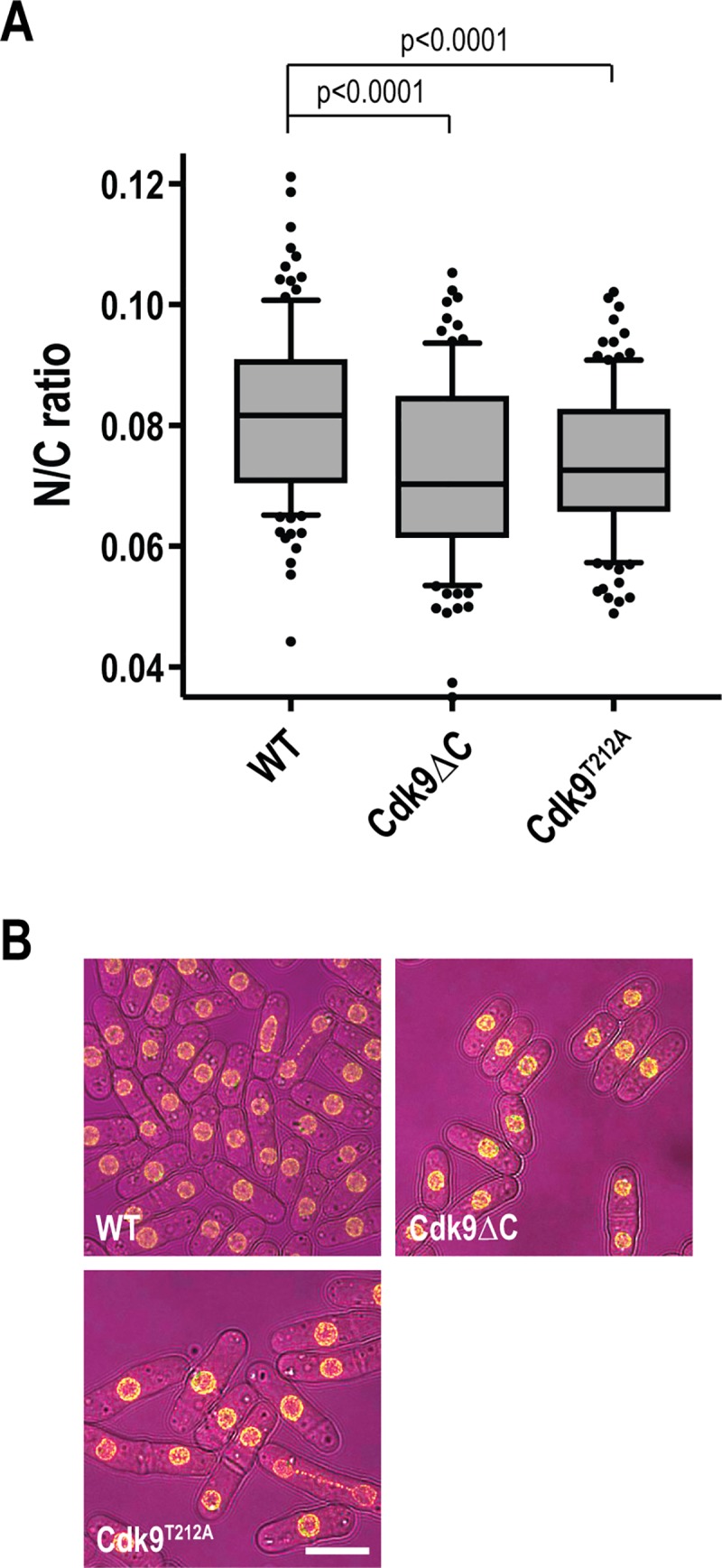Fig 6. Cdk9 mutants display low N/C ratio phenotypes.

(A) N/C ratio of wild type (WT) and Cdk9 C-terminal truncation (Cdk9ΔC) and T-loop (Cdk9T212A) mutant cells grown at 25°C. n ≥ 100 cells per condition. Box delimited by 25th percentile, median and 75th percentile. Whiskers represent 10th and 90th percentiles. Data points outside this range marked as dots. Unpaired student’s t-tests with Welch’s correction carried out to determine significance. Cdk9ΔC retains kinase activity but loses the ability to bind to Pcm1, reducing recruitment of both Cdk9 and Pcm1 to chromatin [28]. In cdk9T212A cells Cdk9 activation by CDK-activating kinase is perturbed [28]. (B) Representative images of wild type (WT) and Cdk9 C-terminal truncation (Cdk9ΔC) and T-loop (Cdk9T212A) mutants cells grown at 25°C. Brightfield (magenta), Cut11-GFP (yellow). Scale bar: 10 μm.
